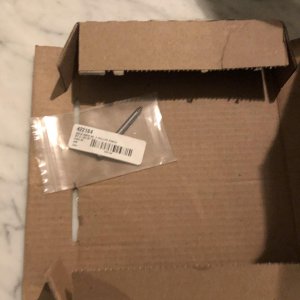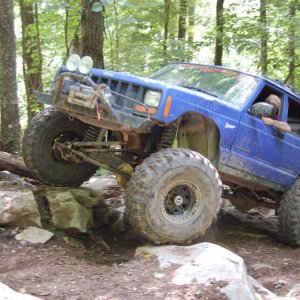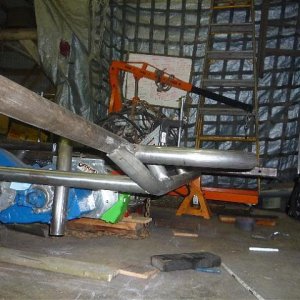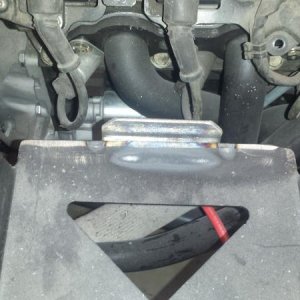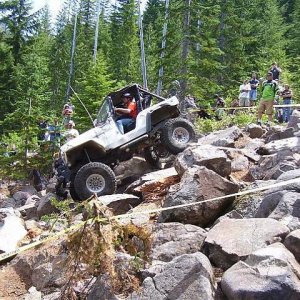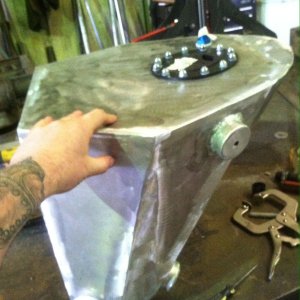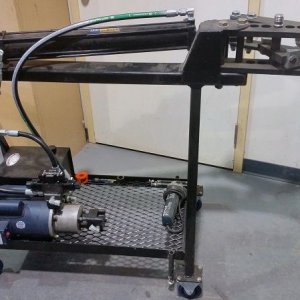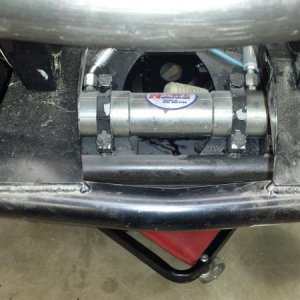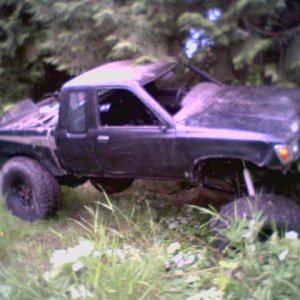I seriously do not know what you and others cannot understand about this concept. If you were to connect a vac/boost gauge to your intake manifold, as soon as the exhaust gases were sufficient to spool up the turbo to it's rated output, you would find that the turbocharger is producing 3 to 6 POUNDS PER SQUARE INCH of boost PRESSURE, after which time the gauge would remain rock steady, as the waste gate would be regulating the turbo's maximum rated output. This would be NFG if you wanted to know the engine's work load status at any given time. The gauge would ONLY tell you that the turbo is functioning properly.
On the other hand, with the same gauge connected to the manifold of a Roots style blower, the vac/boost gauge would normally show the intake as being under a vacuum state. The only time that the gauge will show PRESSURE IN POUNDS PER SQUARE INCH would be if the engine were under a load, such as climbing a grade or if the throttle plates were close to the WOT position.
Have you ever driven a turbo'd vehicle?
You can be clipping down the road at 6,500rpm and be making 0psi (or have 0 pounds of boost in the intake manifold) until you open the throttle plate or plates enough that the engine sees load and then you will have boost (BEACUSE AT THAT ENGINE SPEED IT IS EXPELLING ENOUGH EXHAUST GASSES TO SPOOL THE TURBO UP).

